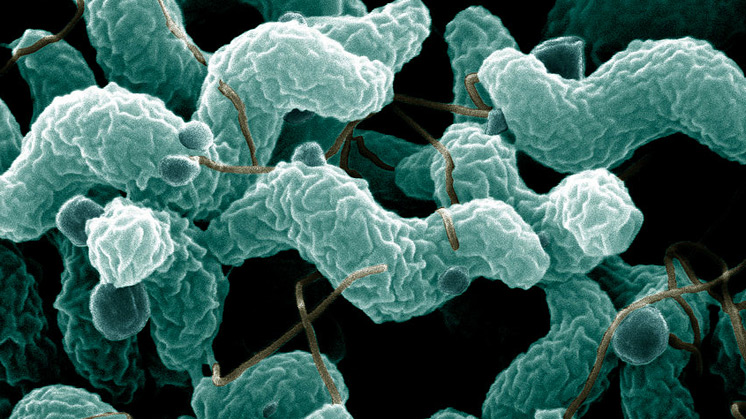The Problems of Biofilm

A study by the Institute of Food Research has looked at at how campylobacter in the ‘juice’ from chickens can create a biofilm on kitchen surfaces. This research, led by Helen Brown at IFR, has also been reported in the Daily Mail.
The study highlights the important role that good kitchen hygiene practice has in preventing infection through cross contamination, and the need to clean surfaces and utensils thoroughly.
But the problem of biofilms extends beyond the kitchen, and is in fact an issue at many points in the production chain. It is one of the reasons why campylobacter is proving such a tricky customer.
One such area of focus for the poultry industry is crates and modules. These are pieces of equipment used in the catching process. Modules create a drawer-like structure into which multiple crates are placed. This kit shuttles between farms and the slaughterhouse and is a potential route of how campylobacter gets onto sites.
Getting equipment such as this visually clean is a minimum standard applied across the industry, but it has been found that campylobacter can survive in a biofilm similar to that described in the IFR paper. So what does that mean for crates and modules?
Traditional design of this equipment has meant that new ideas are needed in both their use and their cleaning. In their use we’re seeing new practices that minimise the time that crates and modules spend in and around chicken houses, but this is always going to be compromised by the amount of faecal matter chickens produce during catching and transport.
So cleaning of crates and modules becomes even more important. Work is underway on novel washing systems that disrupt the biofilm as well as removing the visible dirt. Trials are also ongoing on using higher temperatures in the water used for cleaning. Previously the plastic of the crates warped or became brittle if the temperature exceeded a certain value.
Ultimately this part of the effort against campylobacter is going to require a combination of novel design, new cleaning techniques, and good practice in use.
What we’re interested in is whether work from other areas can contribute to our understanding in this specific one. If you think you can help please get in touch.

